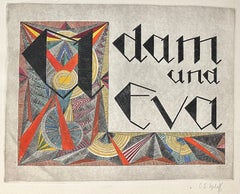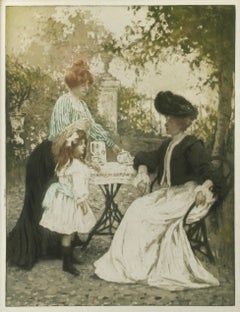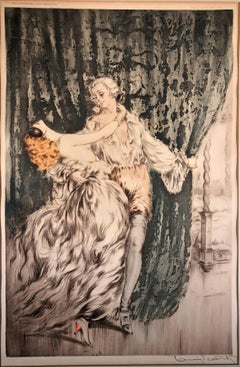
Casanova
View Similar Items
Louis IcartCasanova1928
1928
About the Item
- Creator:Louis Icart (1888 - 1950, French)
- Creation Year:1928
- Dimensions:Height: 28 in (71.12 cm)Width: 20.5 in (52.07 cm)
- Medium:
- Movement & Style:
- Period:
- Condition:Please email or call if you have questions or would like to see more detailed images.
- Gallery Location:Missouri, MO
- Reference Number:1stDibs: LU74732243493
Louis Icart
Louis Icart is considered to be a symbol of the Art Deco movement through his brilliant sketches and prints.
Born in 1888 in Toulouse, France, Icart’s interest in art began at an early age. He was particularly drawn to fashion sketches and designs during the period when the fashion industry was undergoing a revolution from conservative 19th-century designs to the clingy simplicity of the early 20th century.
Icart worked in major fashion studios where his "L.I." initials on women’s clothing were highly regarded. While fighting in World War I, he continued to sketch on every available surface to ward off the anguish and agony of the war. He moved to Paris after the war to concentrate on painting and produced beautiful etchings. Icart’s prints were elaborate aquatints and drypoints done with great skill. They often portrayed women in sensual, erotic poses with an implication of direct sexuality.
By the 1920s, the Art Deco movement had gained great popularity in Paris, France. Icart’s etchings and paintings, though largely influenced by Impressionists such as Claude Monet, were synonymous with the Art Deco era. His drawings also reflected the brilliance of Symbolists such as Gustave Moreau; however, Icart preferred not to be identified with artistic movements.
Icart’s financial and artistic success came in the late 1920s. His work was featured in fashion publications and design studios in Europe and the United States. His immensely popular images, which were considered phenomenal by 1925, included Laziness and Spilled Milk. Icart died on December 20, 1950, at his home in Montmartre, France.
Find original Louis Icart prints and other art on 1stDibs.
(Biography provided by Rosenbaum Contemporary)
More From This Seller
View All1920s Art Deco Figurative Prints
Engraving, Aquatint
1850s Pre-Raphaelite Landscape Prints
Engraving, Aquatint
Early 20th Century Art Deco Figurative Prints
Engraving, Aquatint
1920s Realist Figurative Prints
Engraving, Aquatint
1970s Modern Figurative Prints
Etching, Aquatint
1920s Realist Figurative Prints
Aquatint
You May Also Like
Early 1900s Art Nouveau Figurative Prints
Drypoint, Etching, Aquatint
1910s Art Nouveau Figurative Prints
Etching, Aquatint, Paper
1920s Art Nouveau Figurative Prints
Aquatint
Early 1900s Art Nouveau Figurative Prints
Aquatint
Early 1900s Art Nouveau Figurative Prints
Aquatint
Early 1900s Art Nouveau Figurative Prints
Aquatint
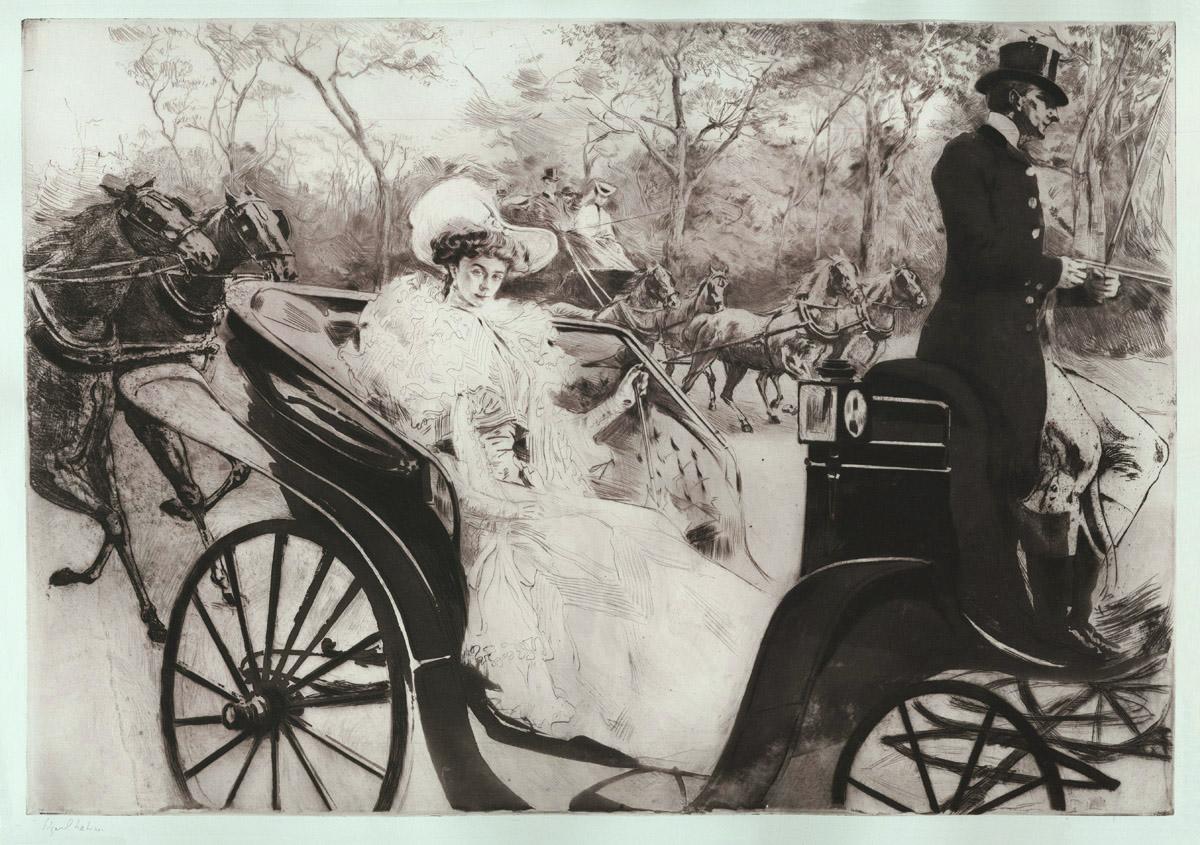
!["Les Septs Peches Captitaux" [The 7 Deadly Sins] Etchings, Pair](https://a.1stdibscdn.com/andre-lambert-prints-works-on-paper-les-septs-peches-captitaux-the-7-deadly-sins-etchings-pair-for-sale/a_28452/1751987598938/121307_1_master.jpg)
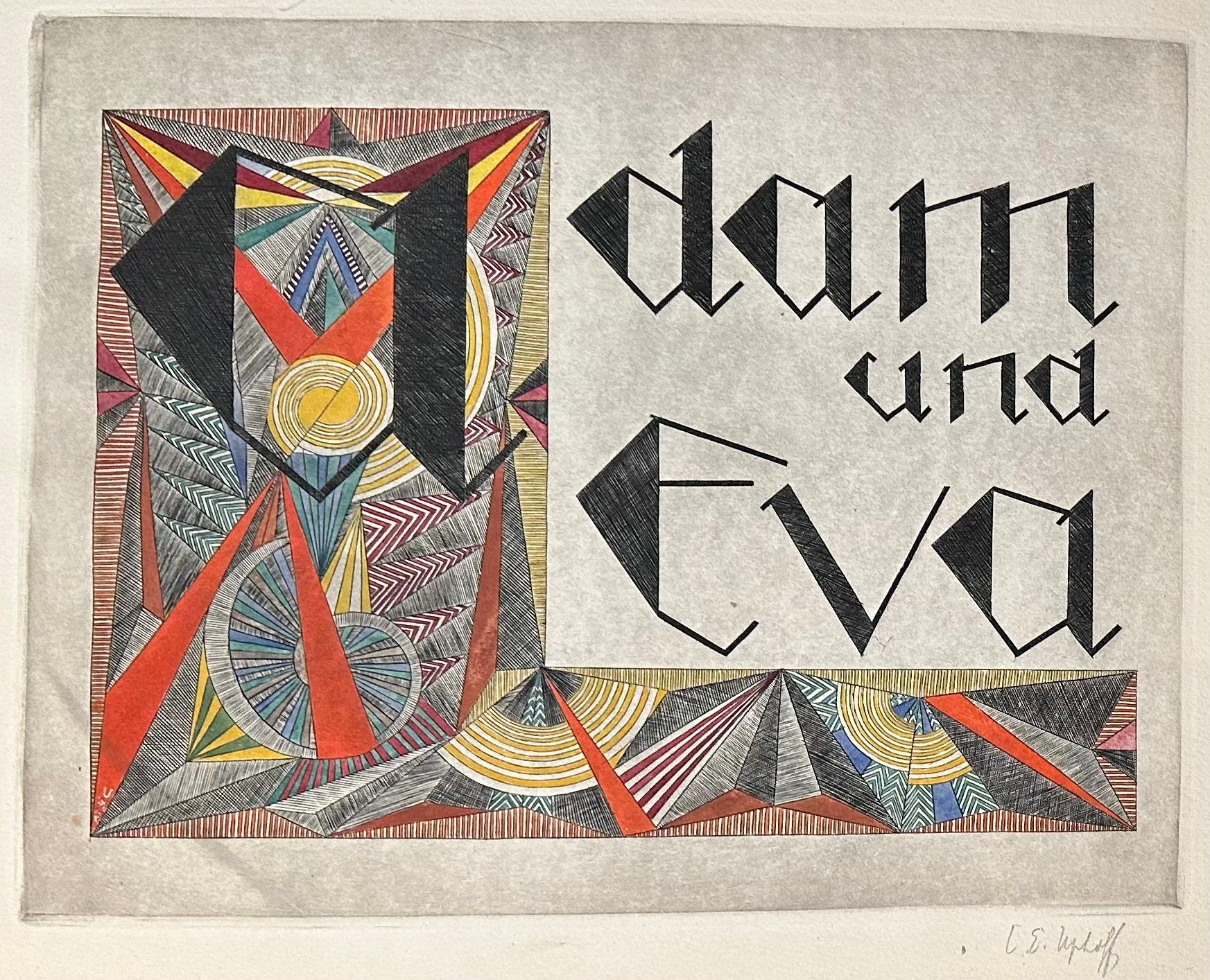
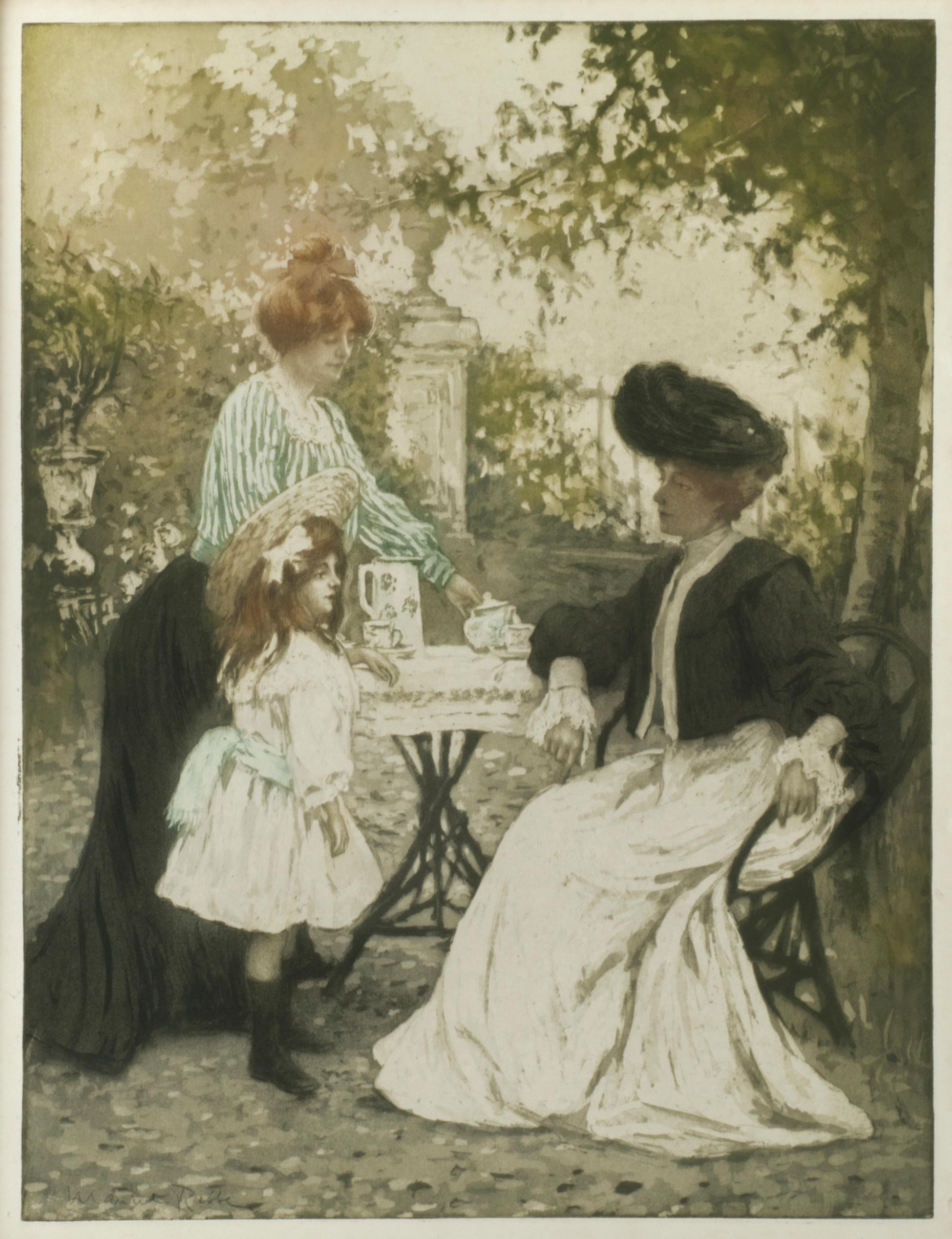
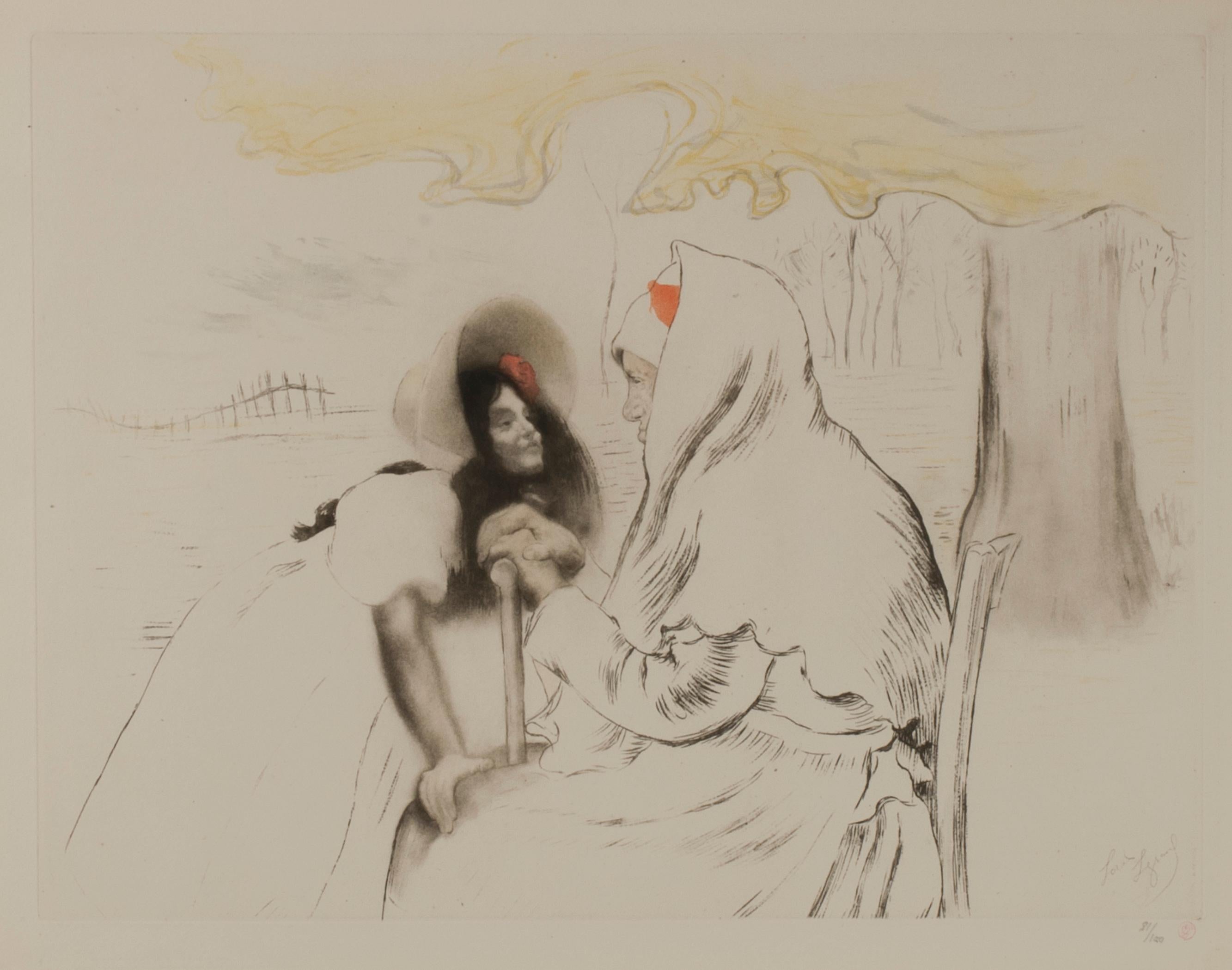
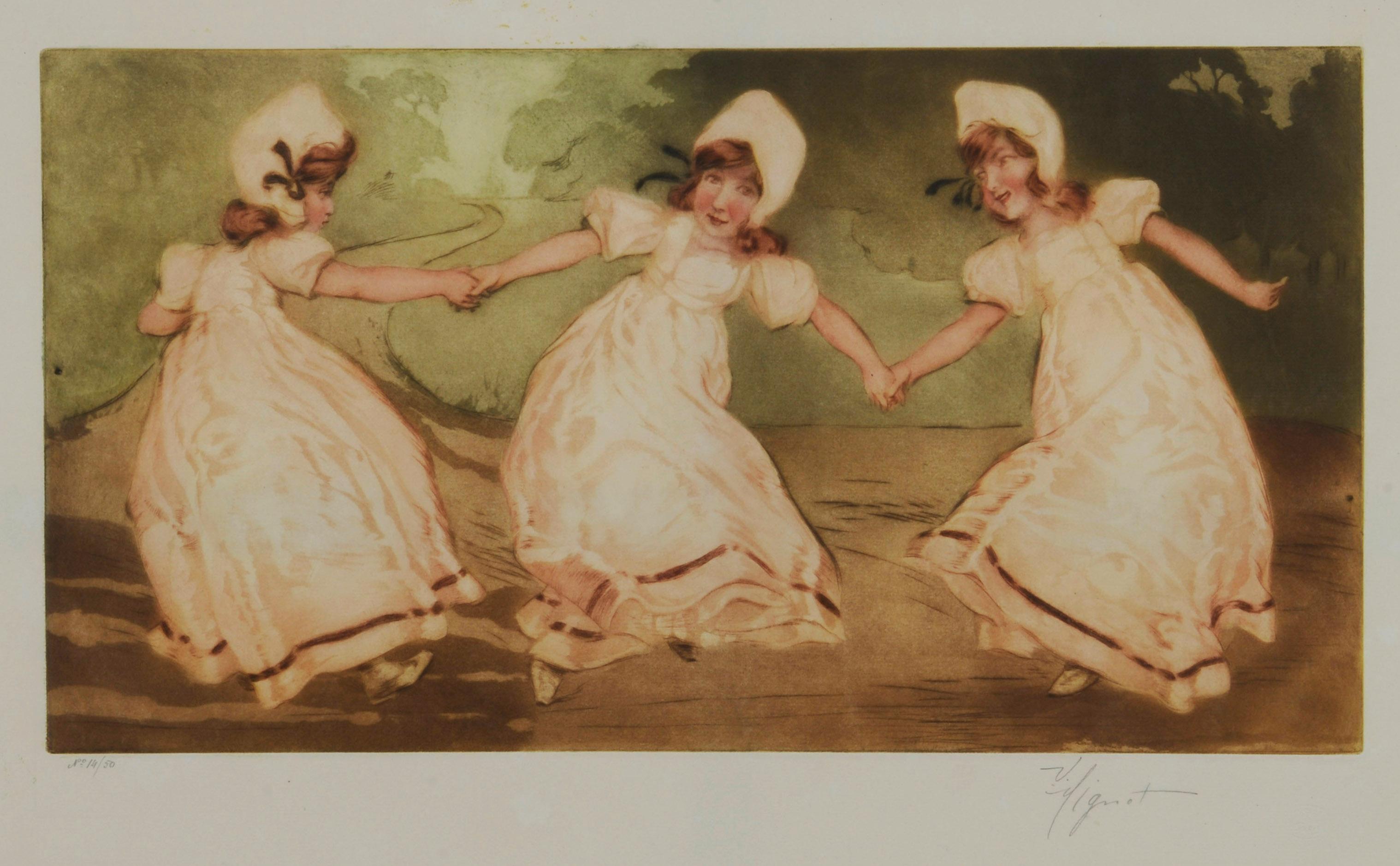
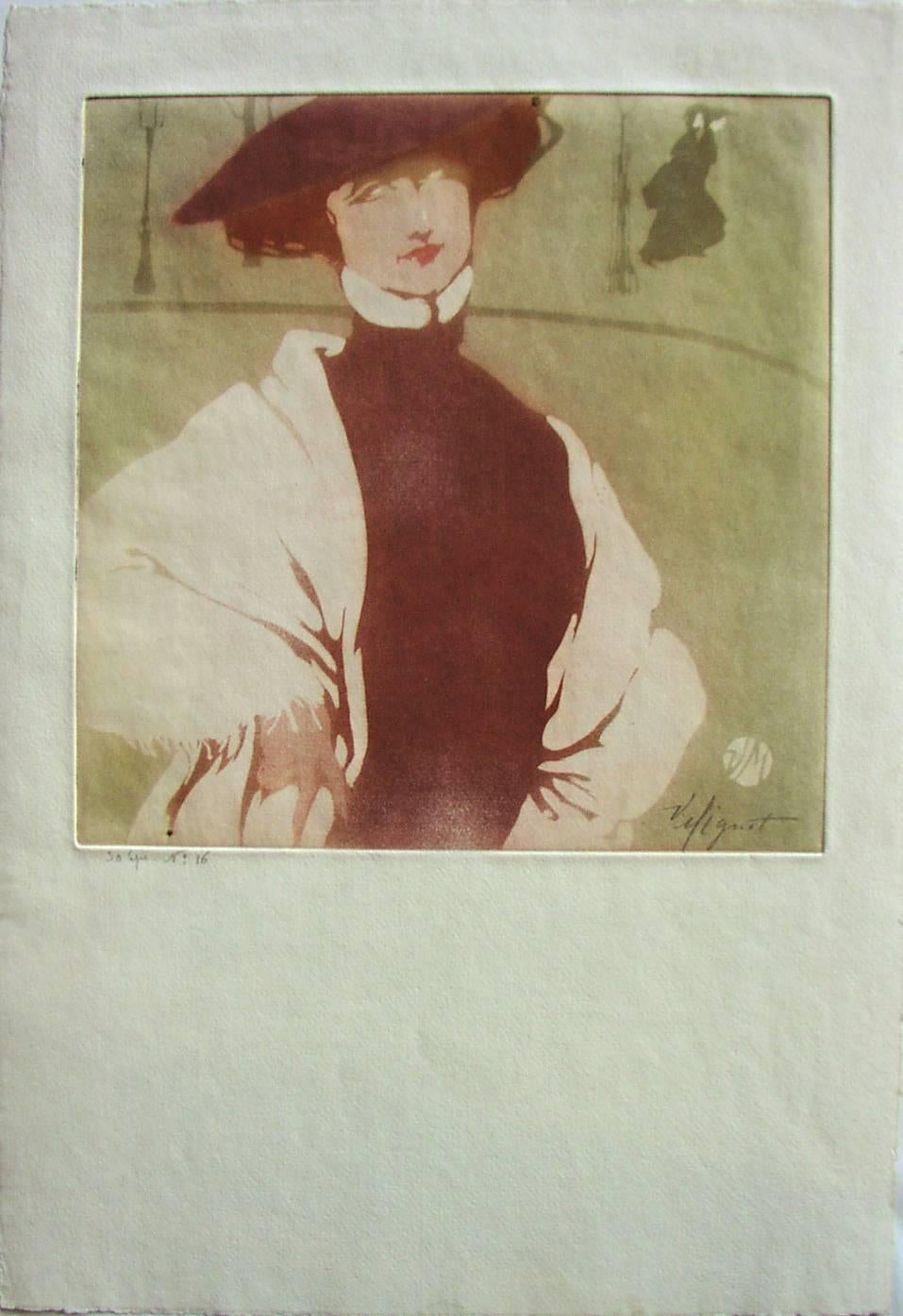
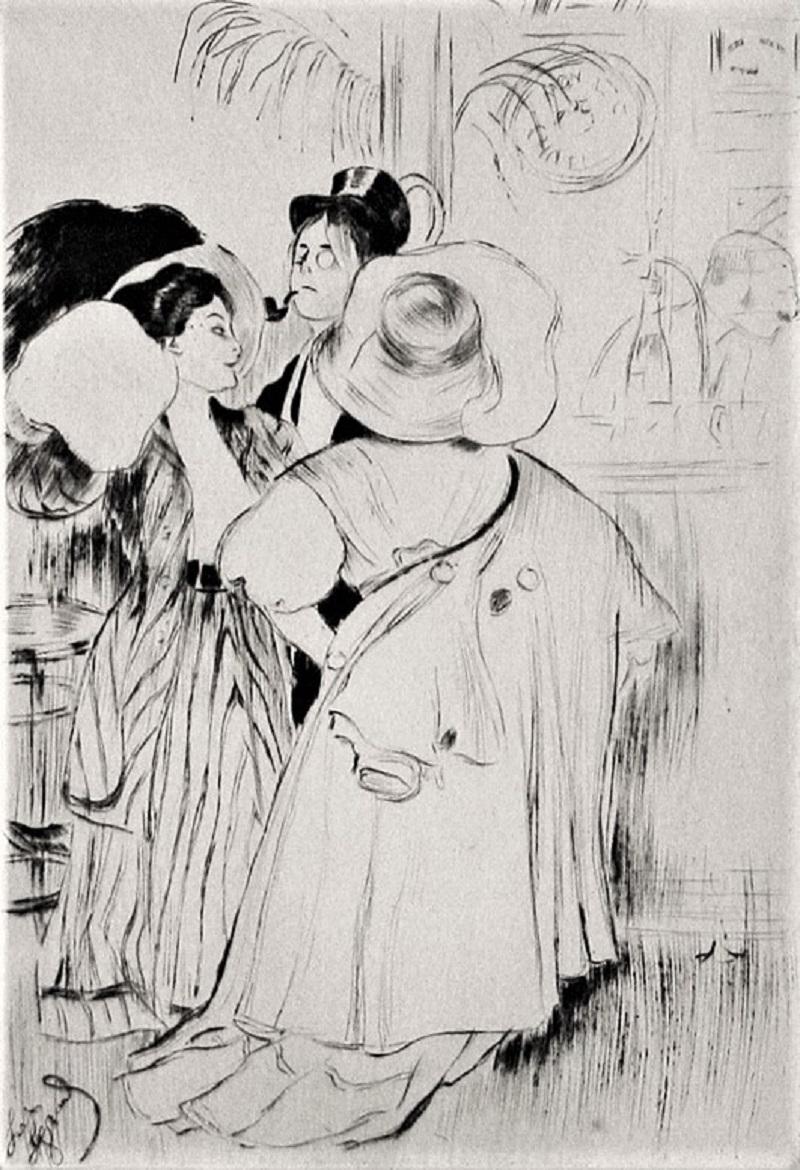
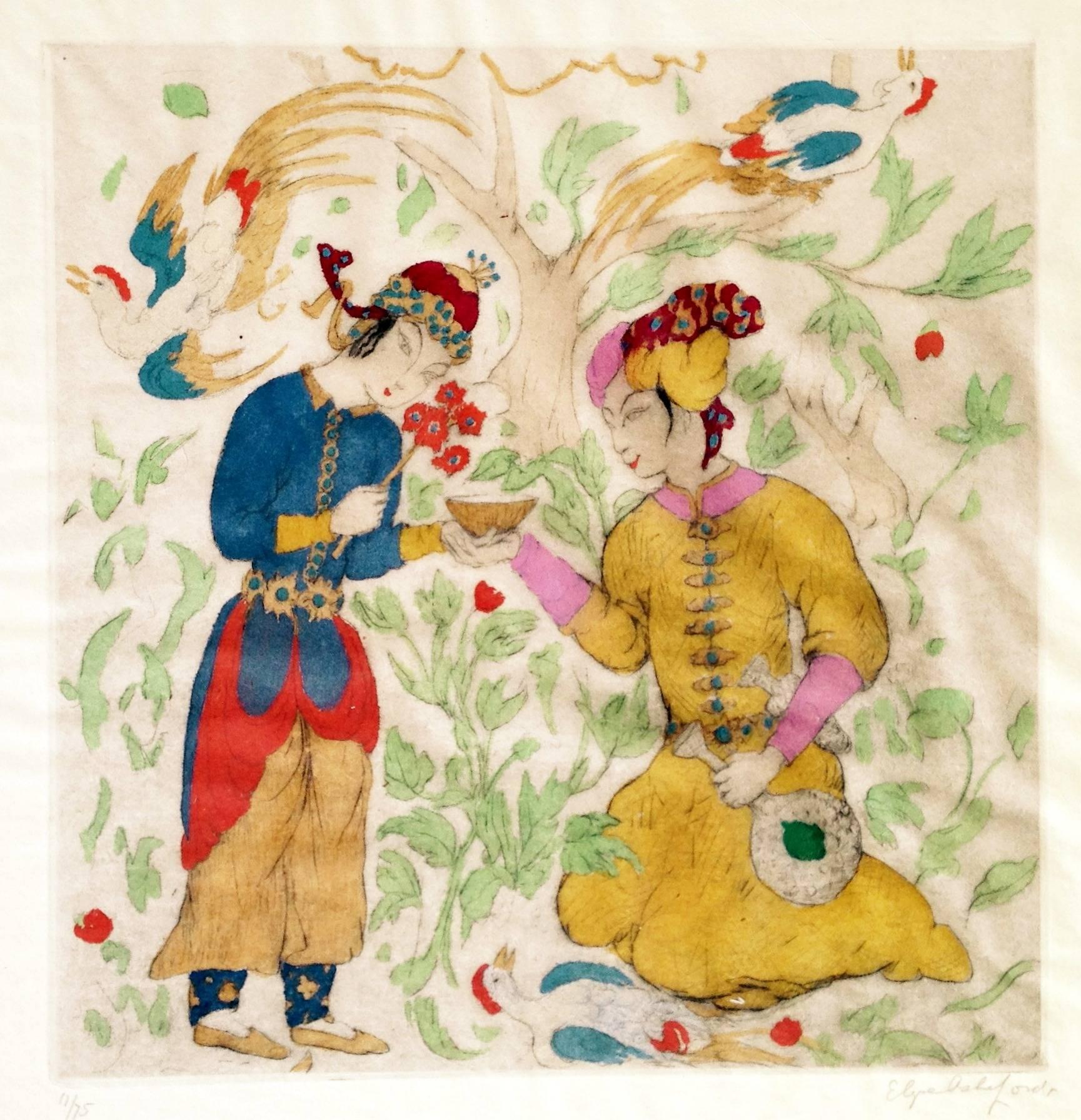
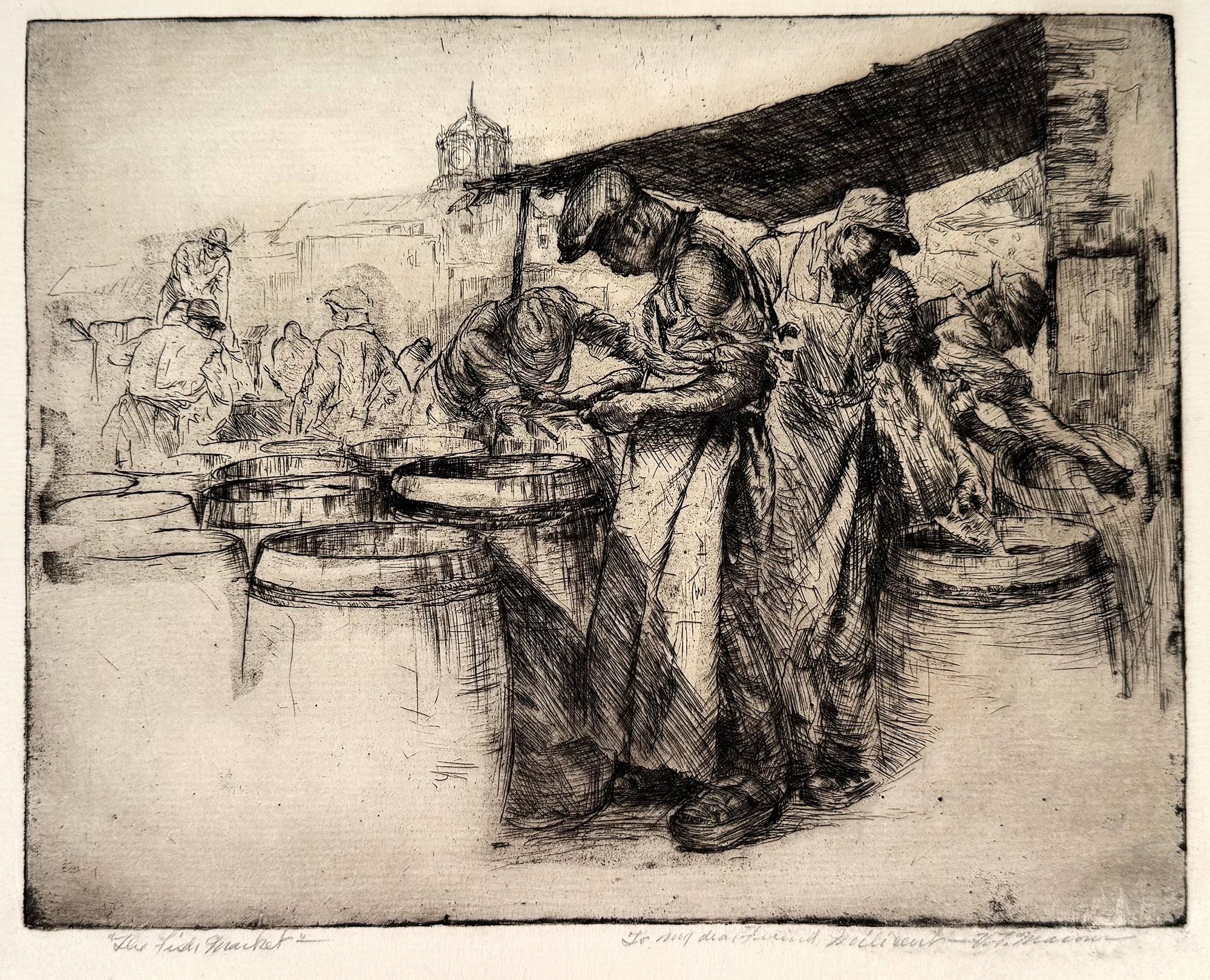
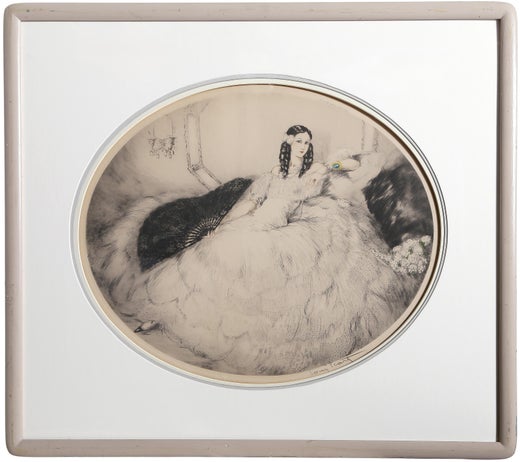
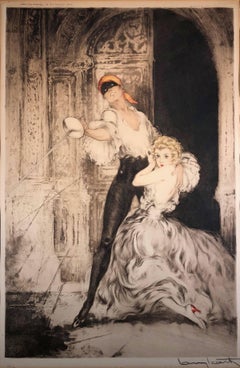
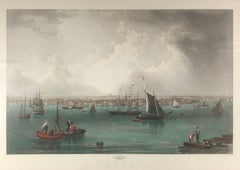
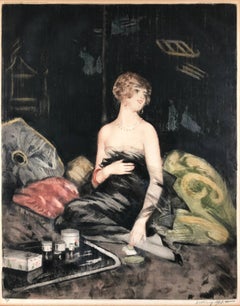
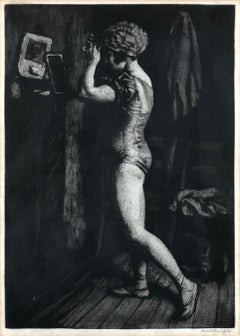
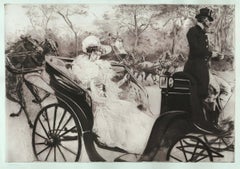
!["Les Septs Peches Captitaux" [The 7 Deadly Sins] Etchings, Pair](https://a.1stdibscdn.com/andre-lambert-prints-works-on-paper-les-septs-peches-captitaux-the-7-deadly-sins-etchings-pair-for-sale/a_28452/1751987598938/121307_1_master.jpg?width=240)
